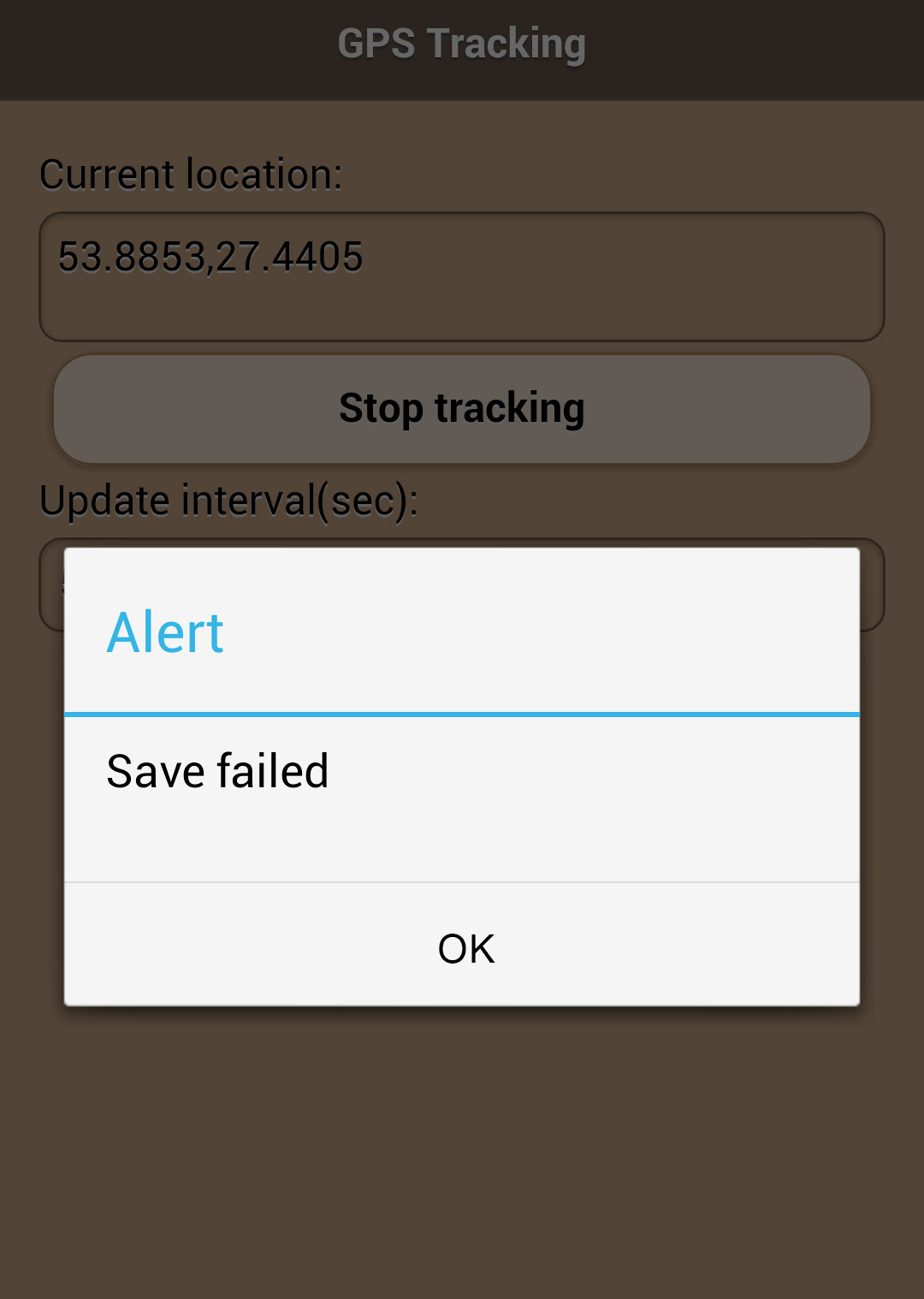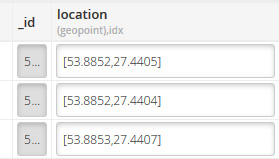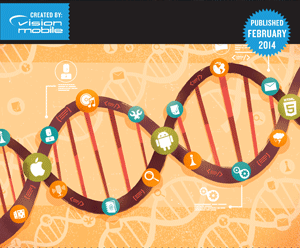Extending app logic with Appery.io Server Code
Every modern app consists of two parts: front-end UI and backend. Backend services can greatly extend your app logic and help implement many useful features. Appery.io provides a possibility to create your own server scripts without the need to maintain servers yourself. Server code scripts (that’s how this feature is called in Appery.io) can be invoked from the app via a REST API and will run on the Appery.io servers.
Using server code scripts provides the following advantages:
- Broader app logic
Use server code services to extend your app logic. You can implement various backend features such as Restore password and others. Some code logically belongs on the server. For example, if you need to process data retrieved from multiple sources before presenting the results to the user, its more efficient to perform that logic in the server. - Reusable code base
Appery.io server scripts can be self-contained app modules which can be used from different apps. You can implement one handy feature and re-use it from all of your apps instantly and without any additional coding. - Code accessibility
As Appery.io provides powerful a collaboration feature, server code can be shared with other users too. This makes team development much easier and faster. - Extend with powerful 3rd party libraries
Server code supports several predefined libraries such as Underscore.js, moment.js, handlebar.js and others. You can also upload your own or other 3-rd party library and use it from the Appery.io. Libraries can be shared too! - Keep your users on the latest version of the code. Another important advantage of server code is the ability to modify your app without having to redistribute your app to your users. If you make changes on the client side, that requires an update in the app store, and an update by all your users. But if your logic is server based, you can be sure that all your users always have the latest version of your app.
The server code console can help test and debug your scripts from one place without the need to run REST API services. Want to add custom app logic to your app? Start with Server Code by trying this tutorial! And, to learn more about Appery.io Server Code, visit the documentation.








